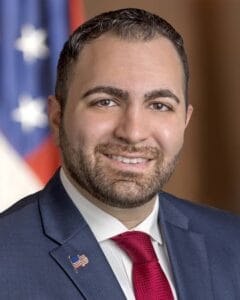Kenya prepares for first-ever cyclone as President Ruto declares state of alert

Kenyan President William Ruto has issued a high alert for the flood-ravaged country and postponed the reopening of schools indefinitely as Kenya braces for its inaugural cyclone. Torrential rains have besieged East Africa since March, claiming over 350 lives. Now, the looming cyclone, named Hidaya, threatens to intensify the region’s plight as it approaches the Indian Ocean coast, expected to make landfall over the weekend.
President Ruto, addressing a press briefing in Nairobi, warned of Hidaya’s potential to bring torrential rain, strong winds, and dangerous waves. He emphasized the urgent need for decisive action to mitigate the crisis’s devastating impacts and safeguard lives and property. Consequently, the scheduled reopening of schools on Monday has been deferred indefinitely, prioritizing safety measures amidst the impending natural disaster.
In response to the looming threat, all ministers have been directed to coordinate the evacuation and relocation of affected Kenyans. Cyclone Hidaya is forecasted to reach its peak with gusts of up to 165 kilometers per hour upon hitting neighboring Tanzania on Saturday, as reported by the Climate Prediction and Applications Centre for the East African trade bloc IGAD. Typically, cyclone season in the southwest Indian Ocean spans from November to April, witnessing approximately a dozen storms annually.
Tanzanian authorities have issued warnings, noting Hidaya’s progression to a full-fledged cyclone status and its strengthening winds. The cyclone’s approach, with wind speeds reaching around 130 kilometers per hour, poses significant risks, prompting heightened vigilance and preparedness measures. East Africa’s vulnerability to such weather phenomena has been exacerbated by the El Niño weather pattern, contributing to increased rainfall and consequential flooding across the region.
In Kenya, the devastating toll of the rains is evident, with over 210 lives lost and hundreds of thousands displaced from their homes. President Ruto underscored the gravity of the situation, acknowledging the widespread impact and issuing a sobering caution that the challenges are far from over. As rescue operations continue amidst adverse conditions, the government has mandated the evacuation of individuals residing in flood-prone areas and near water reservoirs, prioritizing proactive measures to mitigate risks.
Despite these efforts, criticisms have surfaced, accusing the government of inadequate preparedness and delayed responses. Opposition figures and advocacy groups lament the perceived lack of readiness, underscoring the urgency for swift and efficient crisis management.
Meanwhile, neighboring countries like Burundi grapple with their own flood-related casualties, further highlighting the regional scale of the humanitarian crisis. As East Africa confronts the dual challenges of natural disasters and displacement, international agencies like the UNHCR express deep concern for vulnerable populations, emphasizing the urgent need for collective action to address the unfolding humanitarian crisis.












